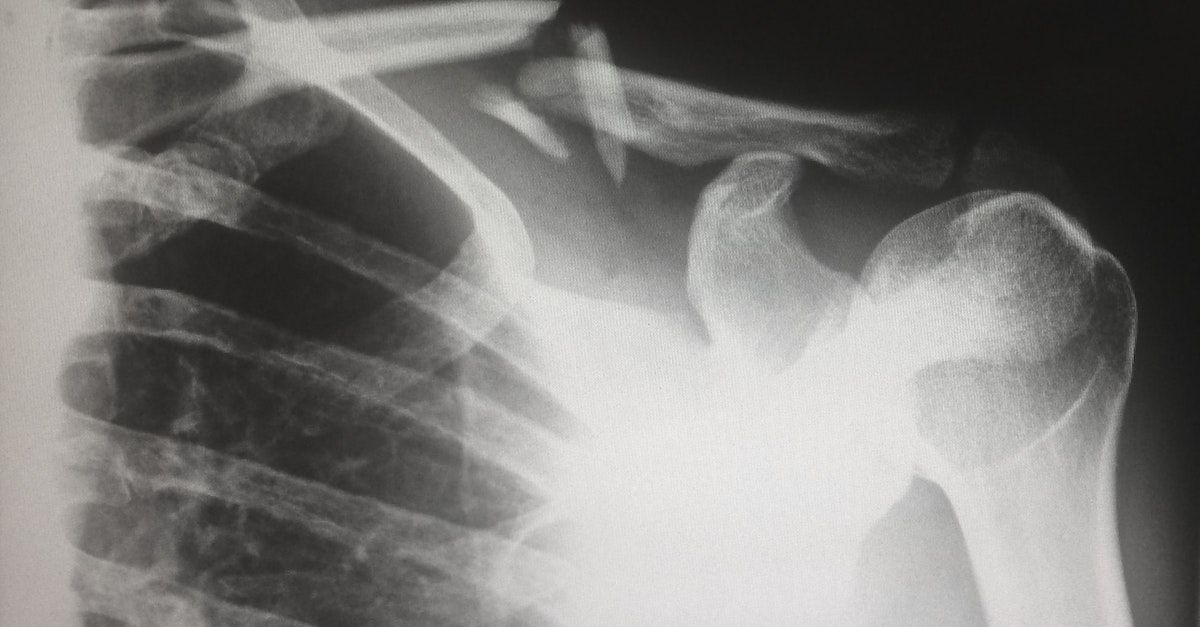
Sponsored content
If your pre-existing injuries or ailments worsen after a different accident, it is important to come clean about them when pursuing a personal injury claim. In legal terms, past injuries are pre-existing conditions, and are not recoverable after an accident. However, if an accident makes a pre-existing condition worse, one may argue in court that the accident aggravated the pre-existing condition. Damages resulting from aggravation of a pre-existing condition are compensable under personal injury to the extent of aggravation.
It’s a Complex Case
“Aggravation of a pre-existing condition presents one of the most complex challenges to jurors,” says injury lawyer David Bence. This is because your attorney has to bring evidence to substantiate how your injury was before an accident and how it got worse after the accident. They may also need to hire expert witnesses, including your treating doctor, to add weight to your case.
The opposing side will not readily accept to pay up. They can argue that the injury existed and thus should not be compensated. They may also present expert witnesses, so it will be a case of who has the most convincing evidence. This makes evidence collection the most critical part of a claim involving aggravation of a pre-existing condition.
Evidence Is Critical for Success
Medical records are the first and most critical evidence when proving aggravation of a pre-existing condition. Plaintiffs should include records from before and after the accident.
Medical records before the accident can help establish whether the injury existed, the stage of recovery, and the treatment regime before the accident. Sometimes an accident victim may have stopped seeing a doctor or attained the maximum medical improvement, which can strengthen your case. Employment records can also serve as evidence. For example, their employment records will show whether a victim could work despite the pre-existing condition and a change in work status if the accident affects a victim’s ability to work.
Co-workers, friends, and family can also serve as witnesses by showing how an accident has changed your life. If you have photos or videos of yourself before and after the accident, you may want to share them with your lawyer to help establish how the new injuries affected your quality of life.
There are situations where a victim may not have had an injury, but a pre-existing condition predisposes them to an injury in the event of an accident. For example, a person with a degenerative bone condition has a high chance of suffering fractured bones after a fall. Under the eggshell doctrine, the victim is taken as they are, which means that their predisposition to an injury cannot be used to deny them their right to fair compensation.
Settling a Case
If you have a strong case, there is a high chance that the at-fault party will be willing to settle out of court. Settling out of court presents a win-win situation for all parties involved because they do not have to face the uncertainty of going to trial. If your lawyer feels the offer is too low for your damages, they can choose to go to trial. While it may seem like a risky option, it is best to follow your lawyer’s lead as long as you know you are sure of their success rate at trial. Either way, remember that disclosing your pre-existing injury or condition can make a drastic difference in winning your case.
[Image via Pexels]